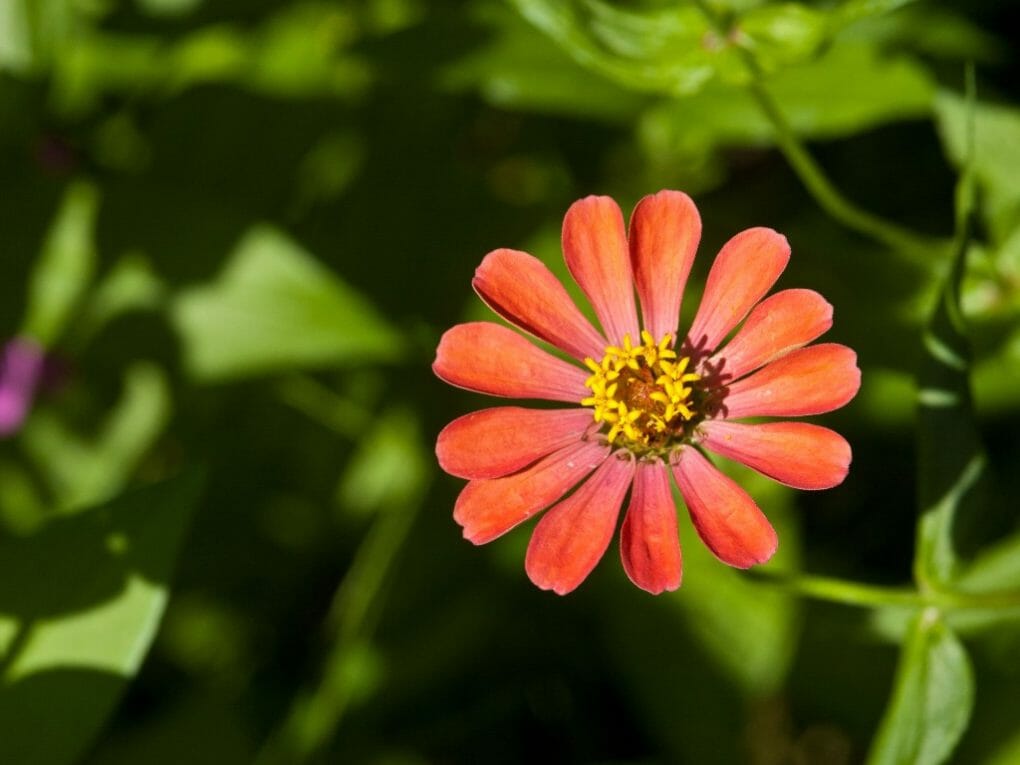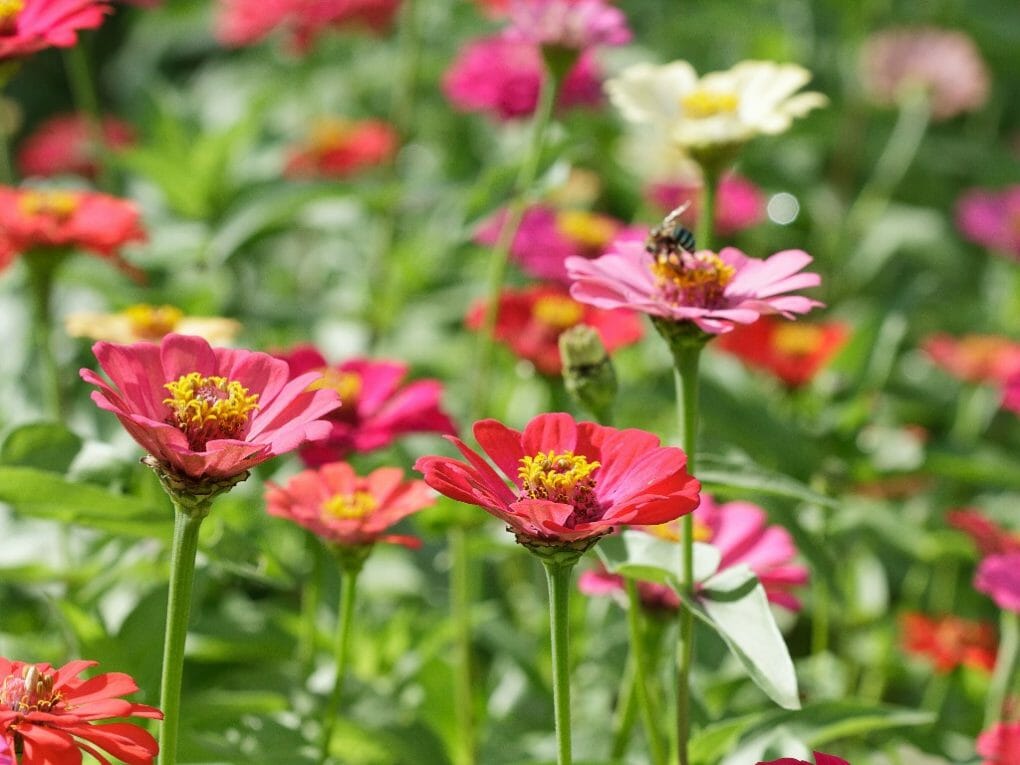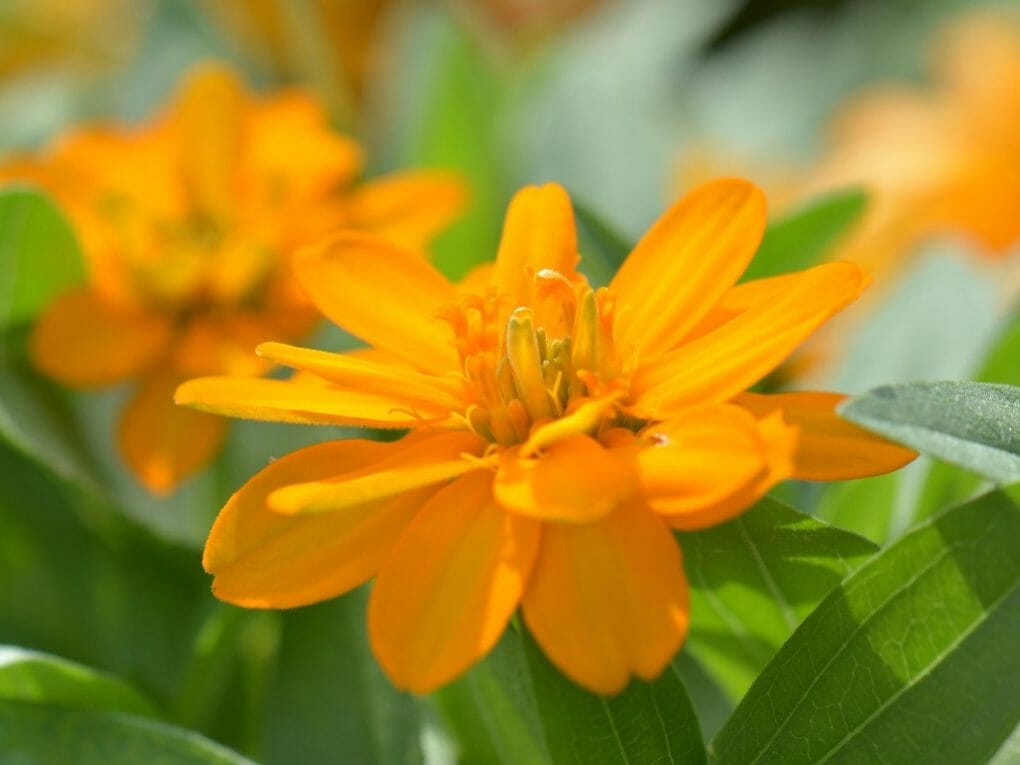Do Zinnia Seeds Need Stratification? A Simple Method To Plant Zinnia Seeds Indoor
Before planting, zinnia seeds do not require preparation, such as soaking or stratification. Zinnia seeds can be sown directly into the garden or seedlings or be grown in trays or other containers and then transplanted into the garden once they have become established.

Plants native to Mexico, Central America, and South America are the progenitors of the hybrid garden zinnias we grow today (Zinnia spp.). Because they are native to warm climates that do not experience harsh winters, the seeds do not require a cold treatment to germinate. Instead, they require warm temperatures, an abundance of moisture, and plenty of sunlight to germinate and grow properly. The seeds have been implanted with a genetic code that causes them to rapidly germinate in the presence of water. Sowing the seeds and giving them water is required to start germination. Most garden-worthy cultivars are descended from the Mexican native Zinnia elegans, although other species also have garden-worthy varieties.
Table of Contents
A Simple Method To Plant Zinnia Seeds Indoor
You will need only a few things to get started with an indoor seed setup.
- Mixture for germinating seeds
- Zinnia seeds
- Heating pad
- Light for cultivating or retailing water
The seed starting mix and the lights will be two of the most important supplies. It may seem easier to fill a small pot with garden dirt and place it by the window, but doing so will result in fragile seedlings struggling to make it to the garden once transplanted.
Zinnia seeds will germinate and grow to their full potential if you purchase just one shop light and one bag of seed starting mix from a hardware store. You can save money by making your seed starting mix, which is easy.
To germinate seeds fast, maintain a warm environment for the seed trays to hasten germination for the zinnias. The seeds typically take between 5-10 days to germinate. If you sow seeds in trays that are then placed on heat mats to maintain a temperature of 70–75°F (21-24C), the seeds will germinate more quickly than those planted in cold soil, which could take as long as three weeks. When the seeds are planted, they should be covered with about a quarter of an inch of soil because the germination process does not require light. After the seeds have germinated and broken the soil surface, they will require intense light, which can be provided by a shop light or a grow light.
Prepare Your Seed-Starting Materials and Supplies

Put some seed-starting mix into each of your containers. You could use a seed tray, peat pots, small paper cups, or even old yogurt containers. Simply ensure that the container has some drainage holes to escape any excess water.
Compost, perlite, and vermiculite, which are light, fluffy, and excellent at retaining moisture, should be the components of the seed starting mix. You can buy bags of seed starting mix that has already been prepared at any hardware store or garden center, or you can make your own for much less money. Garden Betty has a wonderful article that will walk you through the process of creating your mix using a straightforward recipe.
Make sure the mix has already been moistened, or add some water and mix it in. The soil ought to be damp but not completely saturated. A handful of the mixture should be able to roll into a ball that only loosely stays together.
Fill up your seed trays, cups, or whatever else you will use to hold the seeds. Put light pressure on the soil as you pack it into the container.
Sowing Zinnia Seeds
- Grab the packet of zinnia seeds, and drop one seed into each of the tray cells that contains soil. If you are using a container that isn’t divided, you should spread the seed over 2 inches on the soil’s surface.
- Only a quarter of an inch of soil should be placed over zinnia seeds before planting.
- To prevent the seeds and soil from moving around too much, give the water or soil a light mist with a spray bottle.
- For the seeds to germinate, you will need to water them consistently. If the seeds begin to sprout but then dry out, the sprout will die, and you will need to replant them, so it is important to remember to keep the seeds moist.
Prepare the Seed Trays To Be Placed Under the Lights

- Put the seed trays in the middle of a row of shop lights and adjust the height of the lights so that they are just two inches above the soil. The natural light in the room is sufficient for the time being, so there is no need to switch on any of the lights just yet.
- One option for warming up the soil is to use a heat mat. Flowers that bloom during the warm season, such as zinnias, germinate much more quickly in warm soil. It’s possible that the seeds won’t germinate at all if the soil is too chilly.
- Zinnia seeds typically germinate within a week when the soil temperature is between 70 -75°F (21-24°C). It will take more time if the temperature is lower, so keep this in mind if the seeds are in a location where the temperature is lower than average while you wait for them to sprout.
- When the seeds have germinated, they will require 16 hours of continuous exposure to direct light daily. Setting a timer for your lights so they are on from six in the morning until ten at night is the simplest way to accomplish this task.
- In the approximately two weeks before you can transplant your seeds into the garden, you will be responsible for daily care for them.
- Maintain a moist soil environment during that time for the seeds to germinate. Adjust the lighting, moving the fixtures up higher as the plants expand in height. The lights ought to be hung about two inches above the plants to maintain a strong light source while allowing the plant’s room to develop.
- When the zinnia seedlings have reached a height of three to four inches, and all danger of frost has passed, you can move them outside to finish growing.
